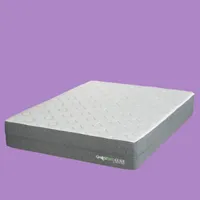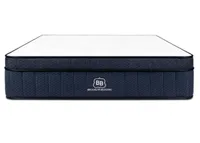These are the best cooling mattress materials for very hot sleepers
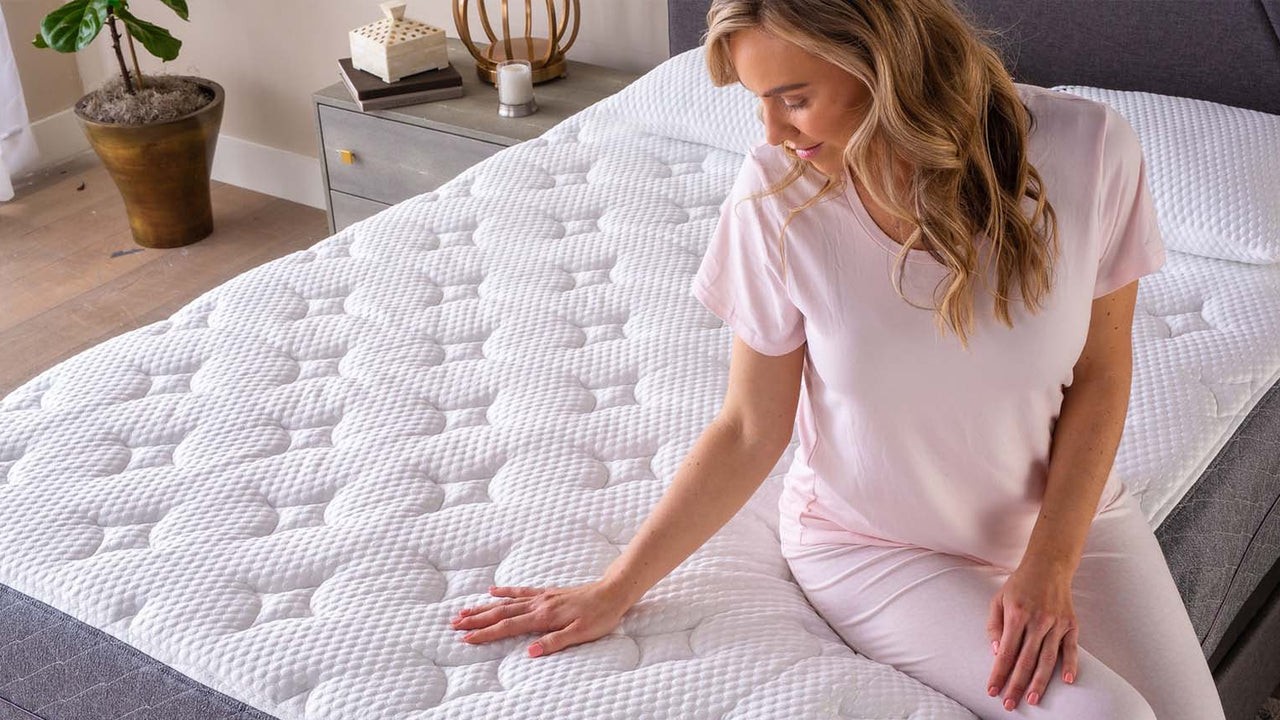
With summer underway and temperatures rising, it can be difficult to stay cool at night. I’m a sleep writer and I’ve tested many mattresses that claim to use the best cooling materials for keeping sleepers comfortable throughout the night. But what are these materials and do they actually work? In this guide I’ll cut through the industry jargon to help you understand cooling technology, as well as recommending my pick of the best cooling mattresses on the market.
Our best mattress guide contains plenty of options that will help with temperature regulation. However, very hot sleepers require more specialist materials with cutting edge cooling tech. There are a number of cooling mattress materials available, with varying results, so it’s important to understand what you’re looking for.
With the 4th of July sales just around the corner, now is a great time to buy a new mattress, with many mattress brands slashing MSRPs on their best cooling beds. So, if you’re in the market for some advanced cooling tech, read on and I’ll help you decide which mattress to pick up for a bargain price.
What is a cooling mattress?

Staying cool at night is a major factor in getting a good night’s sleep. Sleeping cool helps you to drift off quicker and stay asleep longer, maintaining the right body temperature needed for a good night’s rest. And a good cooling mattress should also perform all the normal tasks you’d expect from a superior bed, keeping your spine aligned and providing plenty of pressure relief.
The best cooling mattresses utilise materials that will help keep sleepers cool and comfortable throughout the night. They are designed to promote airflow, as well as dissipating heat from the body and providing a cool surface to sleep on. Different mattress brands use a variety of techniques for cooling, the best of which I’ll explore below. On that note, it is worth being aware that some brands make a lot of claims about cooling credentials, but don’t actually deliver on those promises. That’s why it’s important to understand the jargon and follow my recommendations.
The best cooling mattress materials
Although these materials on their own won’t guarantee outstanding cooling, they are a pretty good indication that a mattress will work well at keeping you cool through the night. Let’s look at these materials in more detail:
1. Phase change material (PCM)
Phase change materials, or PCM for short, are substances that change from one ‘phase’ (liquid, solid or vapour) to another depending on their temperature. Confused by what this means? A simple natural PCM is water / ice. If we add ice to a drink, it will melt and become water to help keep the drink cool.
Get instant access to breaking news, the hottest reviews, great deals and helpful tips.
In a similar fashion, mattress brands are adding PCM materials to beds to help keep sleepers cool. PCM now come in common fabrics such as polyester, viscose and acrylic and these are woven into yarns that will absorb body heat and pull excess heat away from you throughout the night.
As your body temperature cools off, the PCM will then release this heat to keep you at the correct temperature, keeping you stable and asleep until morning. The Cocoon by Sealy Chill Hybrid mattress and Beautyrest BlackICE mattress both use PCM materials, although they’re at quite opposite ends of the budget.
2. Specialist cooling fabric
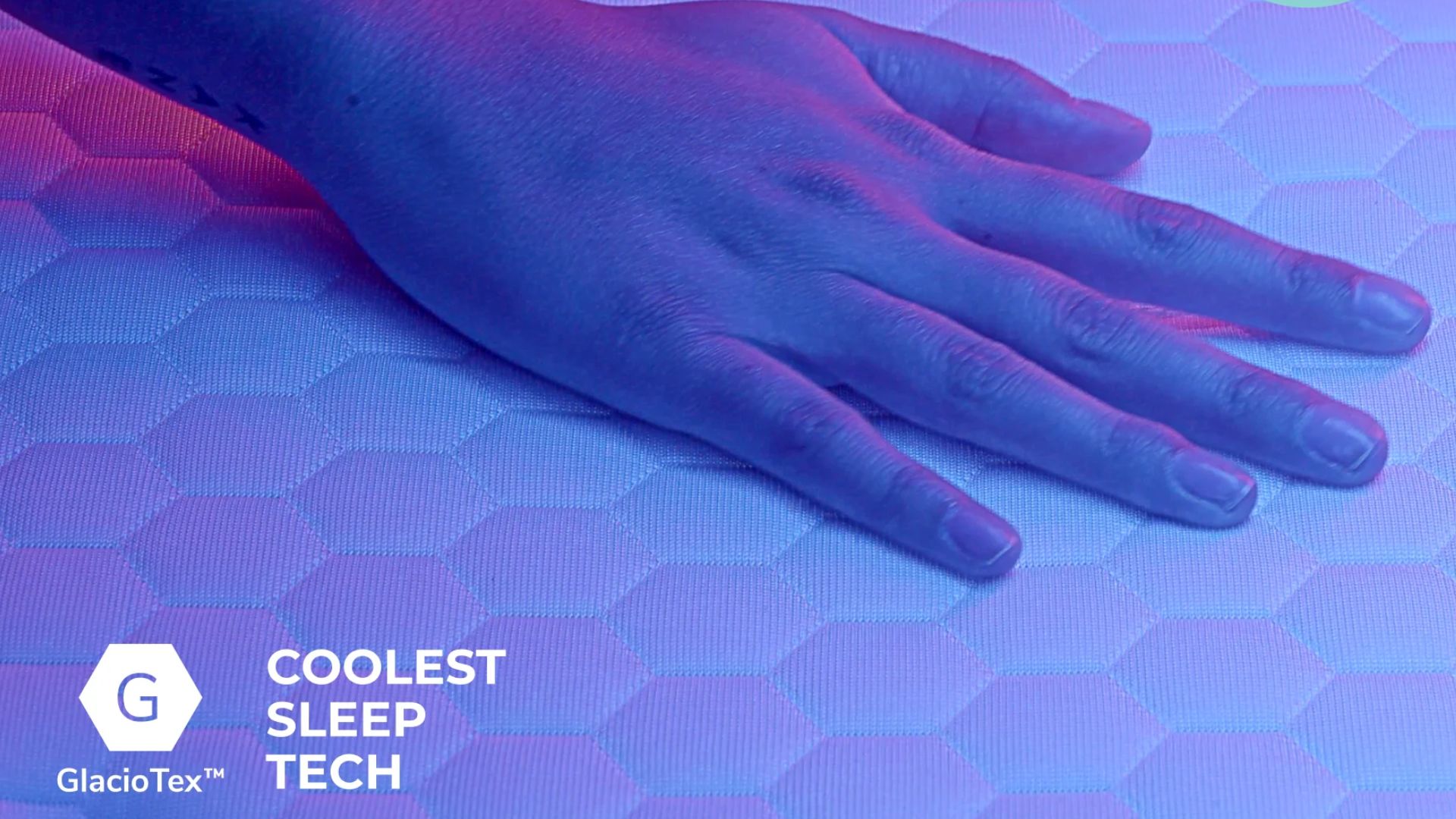
Generic cooling covers provide a surface that’s cool to the touch, keeping sleepers comfortable the minute they lie on a bed. However, mattresses utilising specialist cooling fabric, such as GlacioTex, provide superior cooling.
GlacioTex is a cooling fabric uses fibres with high thermal conductivity, which means that they pull heat away from the body as you sleep. You’ll find it as an option with some of the best mattresses on the market, such as the Helix Midnight Luxe (which we rate as the best mattress for side sleepers). Here, as with many brands, it’s offered as an optional extra to help hot sleepers stay cool.
I’d also recommend GhostBed’s proprietary Ghost Ice cover, which is included in its GhostBed Luxe mattress (our top pick of the cooling mattresses on the market). This is a similar fabric to GlacioTex, with cooling properties woven directly into the yarn.
3. Proprietary materials
Several mattress brands have come up with proprietary materials that actually do make a difference when it comes to keeping you cool. One of these brands is Purple, with its mattresses all featuring the ‘GelFlex Grid’. This is a stretchy gel grid that sits near the top of the mattress, providing both soft and firmer support where needed for pressure relief. The Purple Mattress is our top pick for hot sleepers suffering with joint pain because of this flexible support, but you’ll also find that it does an excellent job of keeping sleepers cool thanks to its open structure.
Tempur-Pedic need no introduction and the brand also produces its own specific cooling materials for its Tempur-Breeze collection. The SmartClimate cover is cool to the touch and draws heat away from the body, whilst Tempur’s Pure Cool material contains PCM. Tempur’s CM+ foam is also 10 times more porous to help channel heat and humidity away from the body.
The best temperature regulating materials
In conjunction with cooling materials, many cooling mattresses will also use temperature regulating materials, which can help to prevent heat from being trapped in a mattress. Although these will help prevent you from overheating, they won’t actively lower your temperature in the same way that cooling materials will.
1. Perforated foam
The clue’s in the name here, with mattresses made with a foam layer that has thousands of tiny holes perforating through said foam. This helps to prevent heat from being trapped in the foam, with the holes helping to give it an escape route. As you might expect, it’s a feature often added to some of the best memory foam mattresses to help keep them cooler (memory foam is notorious for trapping heat).
2. Hybrid build
Hybrid mattresses combine foams with a layer of pocketed coils. This means you’ll get support from the coils, combined with pressure relief and contouring from the foams. The other bonus of the best hybrid mattresses is that they allow for better temperature regulation. Pocketed coils are well-spaced, meaning that there will be more air flowing through the mattress. And this in turn helps to prevent heat from becoming trapped.
3. Infused foam
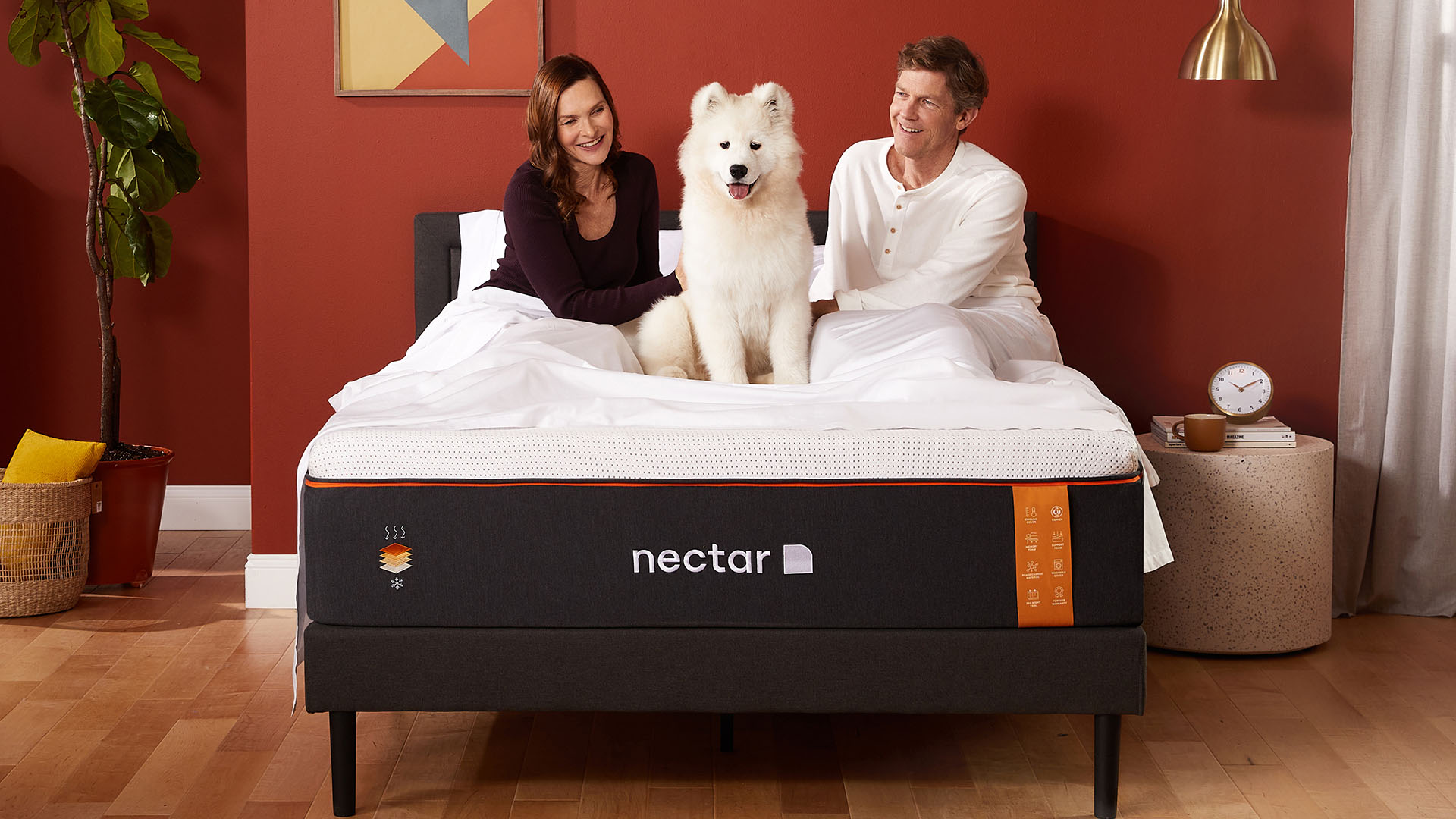
There is some debate on how effective infused foams are, particularly in the case of gel infusions, which are often style over substance. Instead, I’d recommend looking for mattresses infused with copper, graphite or charcoal. These infusions will only be in small amounts but, when combined with other temperature regulating materials, they can make a difference and help keep you cool by absorbing body heat and drawing it away from the sleeper.
4. Open cell foam
Open cell foam works in a similar way to perforated foam. The open cell refers to tiny air bubbles throughout the foam layer, which allow for better airflow and help to stop heat getting trapped in the mattress. One of the most well-known brands that use open cell foam is Casper, but you’ll also find it in other mattresses, such as those made by Tuft & Needle.
5. Moisture wicking materials
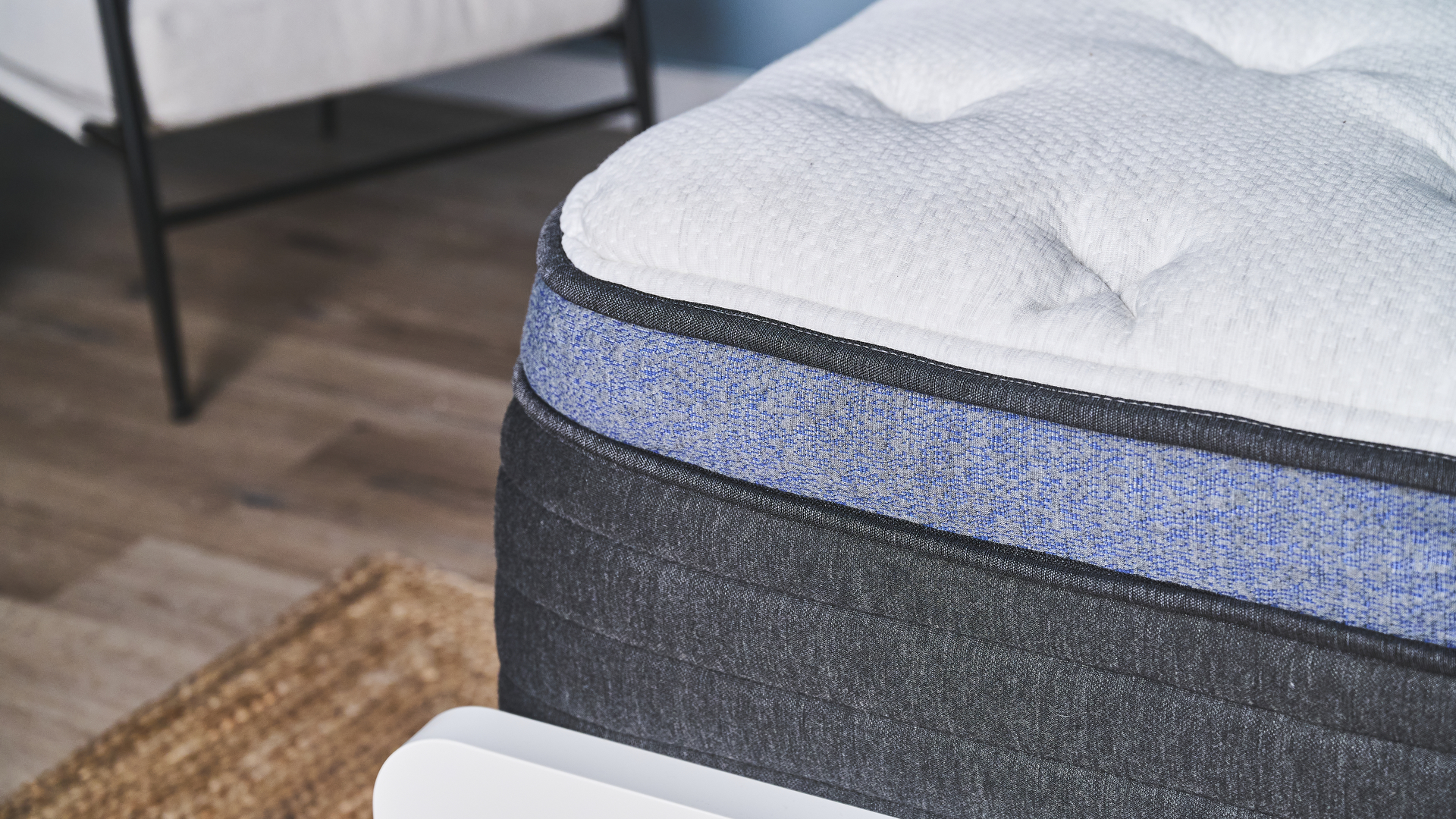
Moisture wicking materials include things like Tencel, lyocell and viscose. These will help to pull moisture away from the body, which should aid sleepers in staying cool. You’ll find them in the covers of mattresses but don’t confuse them with actual cooling covers, as they won’t actively cool you down.
6. Natural materials
Many natural materials found in some of the best organic mattresses are naturally temperature regulating. Wool is a particularly good material to choose if you’re a hot sleeper, as it will wick away moisture and sweat. Organic cotton is also a highly breathable fabric and a popular choice for mattress covers. Finally, natural latex is incredibly breathable, helping to promote airflow and preventing heat build-up.
Cooling vs temperature regulating: What’s the difference?
If you’re a really hot sleeper, then you should head straight for a mattress that utilises cooling materials. These are designed to actively lower body temperature, as well as regulating it through the night and adapting as needed.
Temperature regulating materials, on the other hand, will help to prevent a mattress from holding onto heat and will dissipate said heat away from the body. But they won’t actively cool you down in the same way that cooling materials do.
3 top 4th of July mattress deals — best cooling
1. GhostBed Luxe Cooling Mattress: From $2,595 $1,298 + 2 free pillows at GhostBed
The GhostBed Luxe is discounted by 50% on all sizes, and comes with two free Luxury GhostPillows. This is an excellent price, and we don’t expect to see a bigger drop. This mattress is our top pick when it comes to cooling, with the Ghost Ice material cover, along with layers of cooling fibre and gel memory foam. With plenty of cushioning, this softer mattress is ideally suited to side sleepers. Extras are a 101-night trial and a 25-year warranty.
2. Tempur-Pedic ProBreeze Mattress: From $4,099 $3,599 at Tempur-Pedic
Tempur-Pedic’s ‘cheaper’ cooling option is currently on offer with $500 off (rising to $1,000 if you order a split mattress). This luxury mattress offers outstanding pressure relief and promises to sleep 5 degrees cooler. A SmartClimate cover and proprietary Pure Cool foam help to draw heat away from the body and there’s also ventilated foam to increase airflow. For such an expensive mattress, extras are a little disappointing with 90 nights to try out the mattress and a 10-year warranty.
3. Brooklyn Bedding Aurora Luxe Cooling Mattress: From $1,199 $899.30 at Brooklyn Bedding
You can take 25% off the Aurora Luxe, although we have seen this rise occasionally to 30%. Opt for the Cloud Pillow Top with cooling fibres which, along with the GlacioTex cooling cover, should keep you comfortable and prevent any overheating. With the ability to pick your preferred firmness, the Aurora Luxe can be customised to suit your sleeping style, and it comes with a 120-night trial and a 10-year warranty.

Jo Plumridge is an experienced mattress reviewer with several years' experience covering all things mattresses and sleep, and who tests memory foam, hybrid and organic mattresses. What Jo doesn't know about a boxed mattress isn't worth knowing, so naturally we tasked her with producing a series of features for Tom's Guide looking at all aspects of mattresses, from how to pick between latex and memory foam (it's a tricky one), to the seven mistakes people make when buying a mattress for the first time. When testing the DreamCloud Luxury Hybrid for Tom's Guide, Jo said: "I loved the back support and pressure relief it offered. Plus, it looks far more expensive than it is." When she isn’t writing about sleep, Jo also writes extensively on interior design, home products and photography.
